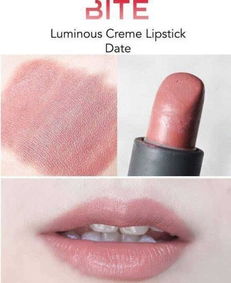
Understanding Tick Bite Reactions: A Comprehensive Guide
Tick bites can be a common occurrence, especially during the warmer months when these tiny arachnids are most active. While many tick bites are harmless, some can lead to serious health issues. In this article, we will delve into the various aspects of tick bite reactions, helping you understand what to expect and how to handle them effectively.
What is a Tick Bite?

A tick bite occurs when a tick latches onto your skin and feeds on your blood. These tiny creatures are often found in wooded areas, tall grass, and brushy regions. Once attached, ticks can remain on your skin for several days, feeding and potentially transmitting diseases.
Common Tick-Borne Diseases

Tick bites can lead to various diseases, depending on the type of tick and the region you are in. Some of the most common tick-borne diseases include:
| Disease | Causing Tick | Common Symptoms |
|---|---|---|
| Lyme Disease | Borrelia burgdorferi | Joint pain, fatigue, fever, headache, and a characteristic rash known as erythema migrans |
| Ehrlichiosis | Babesia microti | Fever, headache, muscle aches, and fatigue |
| Anaplasmosis | Anaplasma phagocytophilum | Fever, headache, muscle aches, and fatigue |
| Rocky Mountain Spotted Fever | Rickettsia rickettsii | Fever, headache, muscle aches, and a rash |
Identifying a Tick Bite

Identifying a tick bite can be challenging, as these bites often go unnoticed. However, there are some signs to look out for:
- A small, red bump at the site of the bite
- A small, red rash that may expand over time
- Symptoms of a tick-borne disease, such as fever, fatigue, or joint pain
Removing a Tick
Removing a tick as soon as possible is crucial to prevent the transmission of diseases. Here’s how to do it safely:
- Grasp the tick’s head with a pair of fine-tipped tweezers as close to the skin as possible.
- Pull the tick straight up and away from the skin in one, smooth motion.
- Do not twist or pull the tick off the skin, as this may cause the mouthparts to break off and remain in the skin.
- After removing the tick, clean the bite area and your hands with soap and water.
- Place the tick in a sealed container or bag for disposal.
Monitoring for Symptoms
After a tick bite, it’s essential to monitor for symptoms of tick-borne diseases. If you develop any of the following symptoms, seek medical attention promptly:
- Fever
- Headache
- Muscle aches
- Fatigue
- Rash
Preventing Tick Bites
Preventing tick bites is the best way to avoid tick-borne diseases. Here are some tips to help you stay safe:
- Wear long sleeves and pants when hiking or working in tick-infested areas.
- Use insect repellents containing DEET, picaridin, or oil of lemon eucalyptus.
- Perform tick checks on yourself, your family, and your pets after spending time in tick-infested areas.
- Keep your yard well-maintained by removing tall grass, brush, and leaf litter.
Understanding tick bite reactions and taking appropriate precautions can help you avoid the risks associated with these tiny creatures. By staying informed and vigilant, you can





